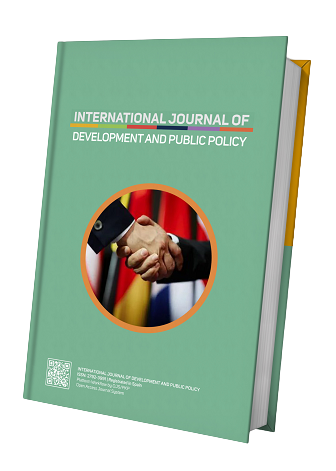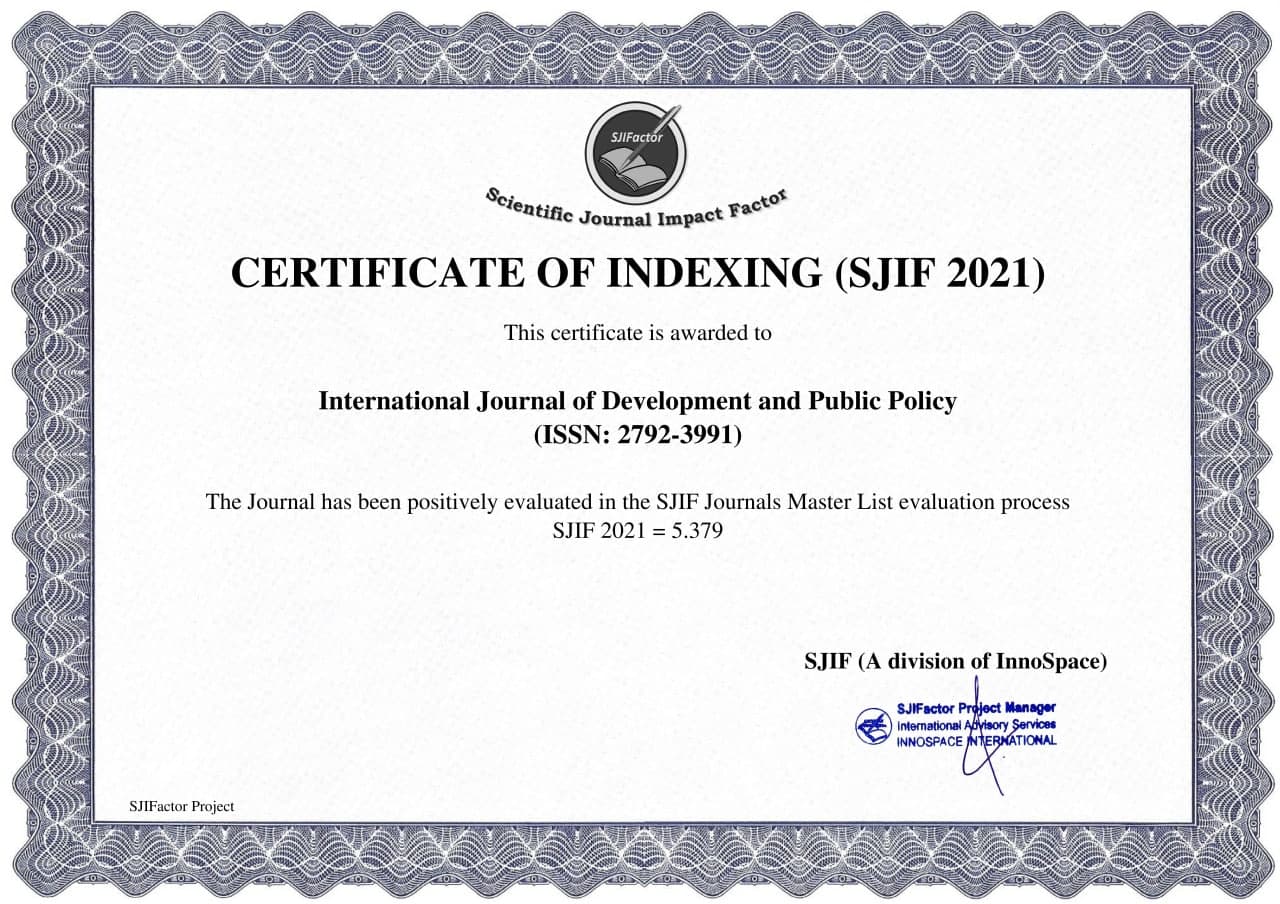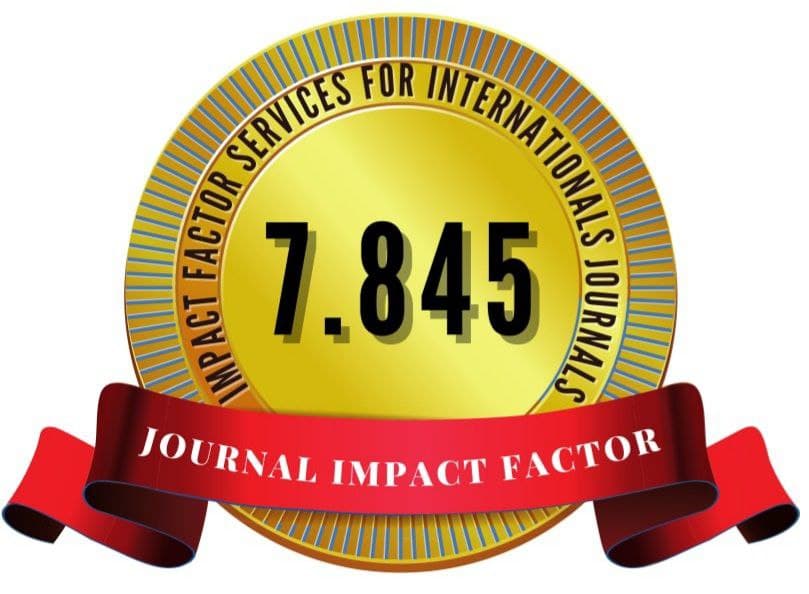Sexual Violence Against Biological Children and Criminal Sanctions to Perpetrators Based on the Indonesian Legal System
Keywords:
Sexual violence, Child abuse, Criminal sanctions, PerpetratorAbstract
This study aimed to describe how the criminal law regulates sexual violence and to analyze how the penalties for perpetrators of sexual violence against biological children are regulated in Indonesian positive law. This study was conducted using normative legal research in the form of literature study using three types of legal material, namely primary legal materials, secondary legal materials, and tertiary legal materials, with qualitative descriptive research analysis. The result of the study stated that the crime of sexual violence as a whole is regulated in the Criminal Law Code (KUHP), Human Rights Law No. 39 of 1999, Domestic Violence Elimination Act No. 23 of 2004. Also, specifically against children as victims is provided in Act No. 35 of 2014 concerning Amendments to Act No. 23 of 2002 on Child Protection. Other research findings indicated that the penalties for sexual violence against minors are set out in Article 285 of the Criminal Law Code (KUHP), which carries imprisonment for a maximum of twelve years. Whereas in the Child Protection Act, imprisonment based on Articles is five years at the shortest and fifteen years at the longest, as well as a maximum fine of Rp5,000,000,000,00. If the offence is committed by parents, guardians, caregivers of children, educators, or educational staff, then the penalty shall be one third of the penalty referred to paragraph (1).






